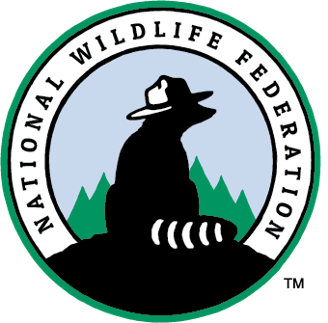State of the Great Lakes Reporting and the Prescription White Paper
Dates: February 23-24, 2021
Leads: Michael Murray (National Wildlife Federation); Co-leads: John Bratton (LimnoTech), Ashley Elgin (NOAA GLERL), Casey Godwin (UM CIGLR), Tian Guo (Michigan State University), Tom Johengen (UM CIGLR & Michigan Sea Grant), Catherine Riseng (University of Michigan, Michigan Sea Grant)
CIGLR Research Theme: Coastal Resilience
About: Environmental indicators have been used for decades in the Great Lakes to track the status and trends of stresses or attributes in the region, and multiple efforts over the past two decades have highlighted the value of indicators. The importance of sound monitoring as part of ecosystem restoration and protection was among issues identified in the earlier Prescription white paper (Bails et al., 2005). Environmental indicator efforts since then have included research projects such as the Great Lakes Environmental Indicators project (e.g. Danz et al., 2007), and related spatial analysis efforts such as the Great Lakes Environmental Assessment and Mapping (GLEAM) project (Allan et al., 2013) and the Great Lakes Aquatic Habitat Framework (Riseng et al., 2018). In addition, under the Great Lakes Water Quality Agreement, the U.S. and Canadian governments (the “Parties”) carry out monitoring and indicator reporting through the State of the Great Lakes process to assess progress towards Agreement objectives (ECCC and USEPA, 2020). Progress reporting by the Parties is in turn reviewed by the International Joint Commission (IJC) in assessment of progress reports (e.g. IJC, 2020).
In spite of the abundance of information available on Great Lakes indicators, it is not clear to what extent the nongovernmental organization (NGO) and other communities in the region closely track and utilize indicators as reported on through these processes. At the same time, there is growing interest in linking management actions to responses in the lakes, including as explored in a recent white paper (Murray et al., 2019), and the most recent IJC triennial assessment of progress report recommended the Parties develop an assessment framework that more explicitly links programs to the biological, chemical, and physical integrity of the Great Lakes (IJC, 2020). Furthermore, there is increasing awareness within the broader Great Lakes community of the need to engage a broader range of stakeholders, including those disproportionately affected by environmental degradation, in all environmental management deliberations.
To explore these needs involving indicators and their use among NGOs and other stakeholders in the region, the National Wildlife Federation Great Lakes Regional Center is organizing an expert virtual summit February 23-24, 2021, supported by the Cooperative Institute for Great Lakes Research (CIGLR). The three main objectives for the summit include: 1. Identify strengths and limitations of approaches used to develop and implement currently used Great Lakes indicators; 2. Identify an alternative process for developing and implementing Great Lakes indicators, considering criteria such as scientific validity, management linkages, and broader stakeholder acceptance and use; and 3. Consider how such a process could be implemented through more in-depth exploration of several current indicators as case studies, identifying new or modified elements that could be considered in their development and implementation, including reporting.
We will assemble approximately two dozen experts from the natural and social sciences and across NGO, Tribal/First Nation, agency, academic, and private sector communities to explore these issues and identify recommendations for any alternative approach to indicator development and use. The summit will entail extensive use of breakout sessions to maximize participation and input, in addition to shorter plenary and report-out sessions.
A background document will be shared with participants prior to the summit reviewing currently used indicators and the approaches to their development, and otherwise helping to structure discussions at the summit. The main output from the summit will be a report summarizing currently used Great Lakes indicators and approaches to their development and implementation, strengths and limitations as identified by summit participants, and recommendations on any alternative approach to developing and implementing Great Lakes indicators.
It is anticipated that the final report will be of value to multiple stakeholders, including NGO, Tribal/First Nation, agency, academic, and private sector communities engaged in or tracking Great Lakes restoration and protection implementation efforts. In addition, we believe the report (and a possible manuscript) can be of interest to the Great Lakes science community concerning additional research and monitoring efforts that may be of value in addressing recommendations around indicator development and implementation deriving from this effort.


